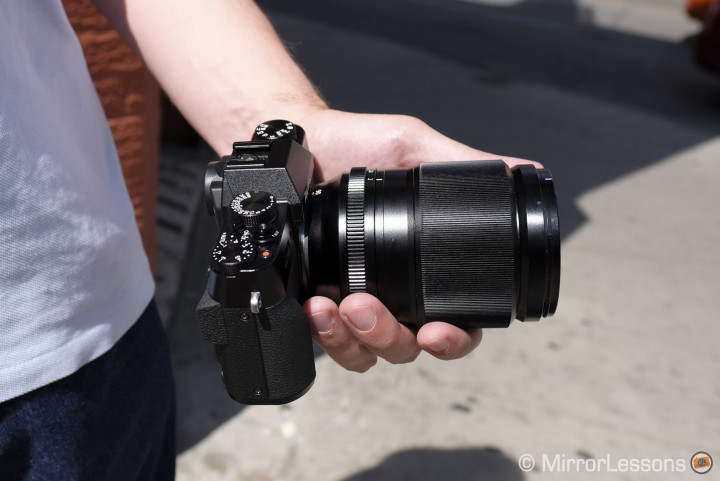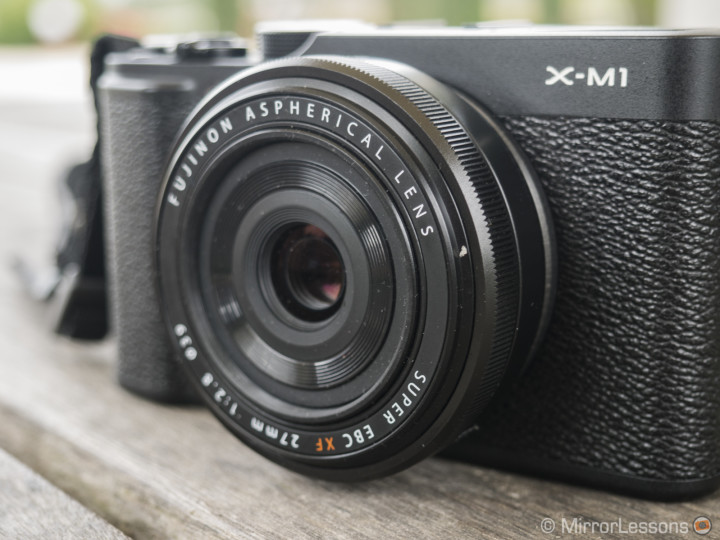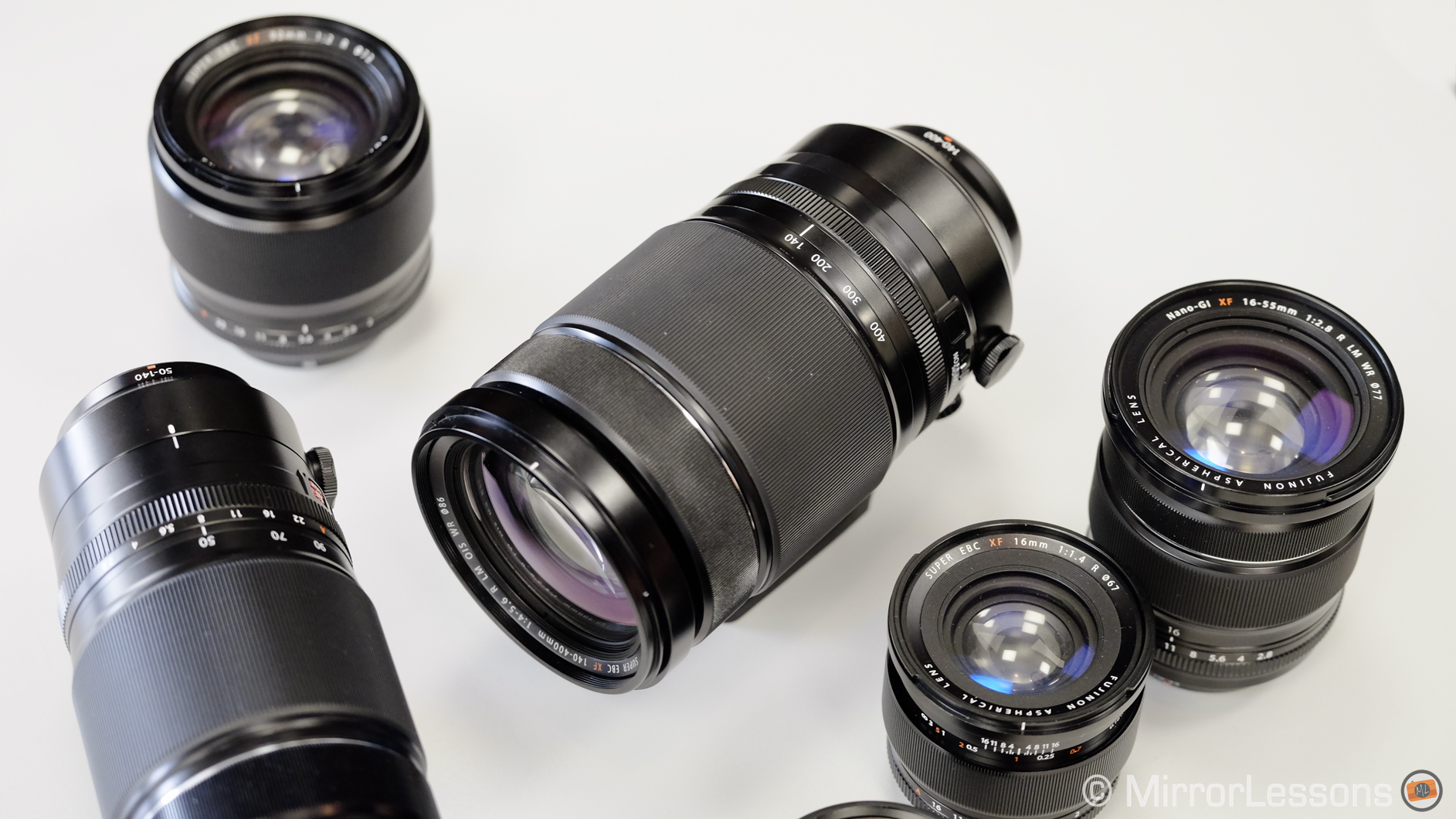In late 2013, I wrote a post about my four favourite lenses for the Fujifilm X-mount system. At the time, the list of native lenses available was still short. Now that the range has significantly grown, I decided to write this updated version of my previous article based in part on the experience I’ve gathered using Fujifilm gear over the past year and a half.
The most important difference between now and almost two years ago is that today there are more high quality zoom lenses to consider in addition to the excellent primes. There are also a few third party lenses with a native X mount that fit into the equation. The X system is not complete yet but it is certainly growing fast.
Right now, I personally own a Fujifilm X-T1 and a XF 35mm f/1.4 in addition to the X100T. I have tried almost every Fujifilm lens by buying them, renting them, or having them loaned to me for a few weeks. Most of the lenses I personally purchased I had to sell to make room for other gear. When the priority is to review photography gear, one inevitably needs to sell the old to fund the new. Sadly, I can’t afford to keep everything, and even more importantly, I am not a collector. The last thing I want is for my gear to sit on a shelf collecting dust when someone could be using it.
This list doesn’t reflect the best Fujifilm lenses overall but rather my personal preference. It is not a question of one lens being better than another in terms of optical quality, but more an answer to a simple question:
If I had to purchase a series of XF lenses for my personal use on the X-T1, which ones I would get?
I considered my primary needs which in this case would be travel and documentary photography. I also kept in mind that I own an X100T and therefore have the 23mm focal length covered with a camera that is perfect for street and reportage.
XF 10-24mm f/4

I admit that choosing my preferred wide-angle lens was the most difficult task. I love the XF 14mm f/2.8 and I recently enjoyed using the 16mm f/1.4 in Toronto. Even the Touit 12mm is a good choice. The XF 16-55mm f/2.8 is a great zoom in terms of optical performance and autofocus accuracy but it wouldn’t contribute to the portability of my ideal system. The XF 10-24mm has excellent optical quality, good optical stabilisation and covers a very convenient range of focal lengths. For someone like me who loves landscape photography, it is simply the perfect match. We could argue about the lack of a faster aperture but that didn’t stop me from using this lens for some occasional star trail photography.
The only lens I could consider adding in lieu of the 10-24mm would be the Samyang 12mm f/2 if I decided to get more involved in astro-photography. It is manual focus but very affordable with excellent optical performance. The fast f/2 aperture would also be perfect for photographing stars. You can check out the work of landscape photographer Ugo Cei to have an idea of the quality this lens delivers.


XF 35mm f/1.4

As I said in the introduction, the XF 35mm f/1.4 is the only lens I currently own and despite being one of the first releases, its optical quality is still on par with the other more recent Fujinon primes. The latest firmware update for the X-T1 also enhanced its autofocus performance which is an extra reason to keep it. It is not the fastest lens available but I always find a reason to use it. For me, it is simply irreplaceable. What’s more, it is small, fast and you can easily carry it anywhere.


XF 90mm f/2

If I were a portrait photographer who photographed people every day, this lens and the wonderful XF 56mm f/1.2 would always be in my bag. Actually the latter is probably my favourite Fujifilm lens of all, a love affair which solidified itself after this portrait session in Turin. However I admit that I wouldn’t use it that much because I am not a working portrait photographer. Somehow it would feel like a waste. Though I haven’t reviewed it completely yet, the new XF 90mm f/2 fits my needs better because it is still an excellent solution for portraits, but its focal length can also be of great use for landscapes and some sports/action. Its focusing system is among the fastest (it features a Quad-linear motor inside) and it is certainly faster than the 56mm, so it just makes more sense. It is also smaller and lighter than the XF 50-140mm f/2.8.

XF 55-200mm f/3.5-4.8

When the X-T1 came out, the XF 55-200mm was the best telephoto lens you could get for sports or any other genre that required a long zoom. Today the XF 50-140mm f/2.8 provides a brighter aperture and a faster autofocus motor. However I would consider the latter only for professional work and only if I were out there every single day shooting assignments. It is a great lens but it is bigger and heavier and, as I said before, I want to keep my system more portable. This is why the XF 55-200mm can still be a good deal. It wouldn’t weigh my bag down too much and it is also cheaper than the XF 50-140mm.


Bonus lens: XF 27mm f/2.8

If I didn’t own an X100T, I would definitely buy this lens to make my X-T1 as compact as possible when shooting on the streets or simply for those times I want to carry something small and discreet to an informal outing. This lens has always been one of my favourites since I tested it on the X-M1. For what it is, it delivers more than acceptable quality and is very fun to use.

Selecting lenses is one of the most personal choices a photographer can make. It is a question of personal taste, budget and size/weight. It is usually a lengthy process that involves buying, selling and buying again, especially with a growing system like this one. Gear Acquisition Syndrome or G.A.S. can often prompt you to spend more than you actually need. The advice I can give is before buying a specific lens, try taking the kind of shots you want or need with what you already own to see if you really need an upgrade or not. A wide angle lens or a specific portrait lens, for example, will only be worth owning if they are getting constant use. Then, if you still aren’t sure, try renting the lens in question from a service like Hireacamera (UK) or Lensrentals (US) and using it for an assignment. A few days with the lens should give you a clear idea of whether or not it has a place in your bag.
What do you think about this list? What would you substitute or what other lenses would you consider? Leave a comment below!
